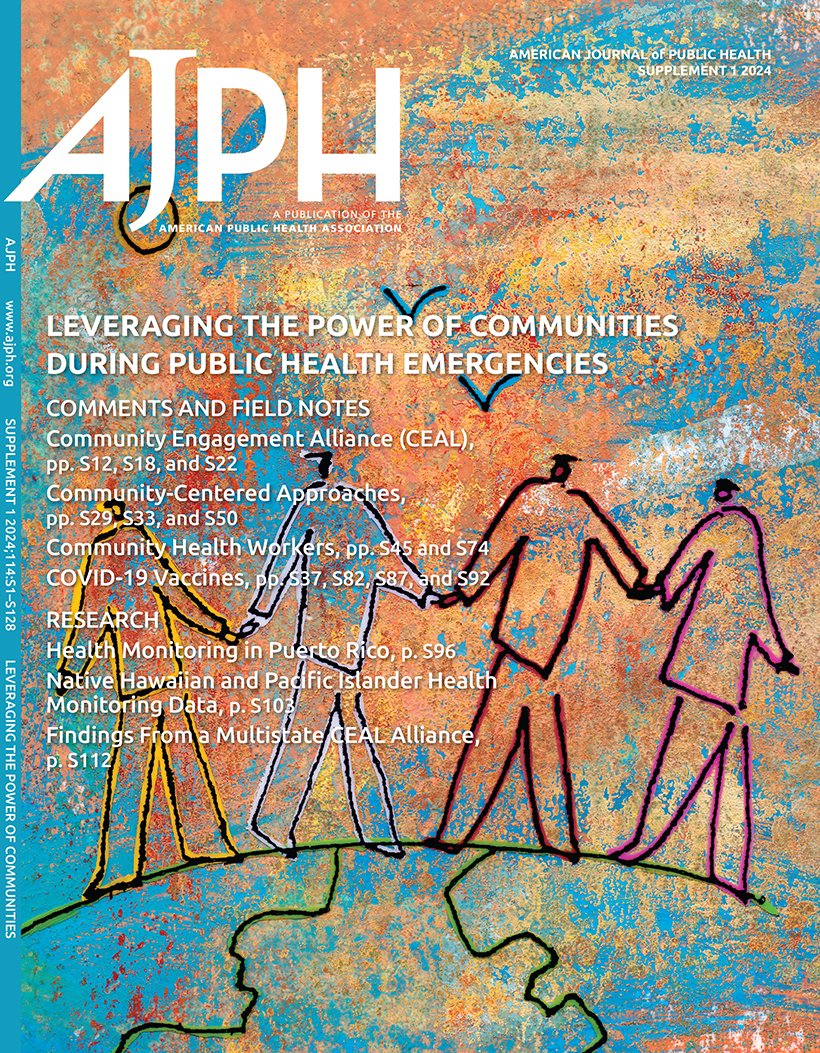2016-2023年退伍军人健康管理局电子病历中性别认同字段的影响
IF 9.6
1区 医学
Q1 PUBLIC, ENVIRONMENTAL & OCCUPATIONAL HEALTH
引用次数: 0
摘要
目标。通过诊断代码、自我认同及其组合来区分跨性别和性别多样化(TGD)退伍军人的身心健康差异。方法。我们对在退伍军人健康管理局(VHA)接受治疗的TGD退伍军人进行了社会人口学特征和身心健康诊断。结果。在12745名TGD退伍军人队列中,69.3%的人仅使用自我报告的性别认同数据进行识别,23.4%的人仅使用TGD相关诊断代码进行识别,7.2%的人在病历中同时使用TGD相关诊断代码和性别认同数据。与仅使用诊断代码识别的退伍军人相比,使用自我报告的性别认同数据识别的退伍军人更年轻,种族和民族更多样化。在几乎所有独立检查的健康状况中,通过自我报告的性别认同确定的TGD退伍军人的风险低于通过诊断代码确定的退伍军人。结论。从TGD退伍军人健康研究中得出的推论可能受到定义TGD退伍军人队列的方法选择的显著影响。使用自我报告的性别认同数据(而不是诊断代码)进行的新分析对于了解VHA内这一人群的健康状况至关重要。公共卫生。2025年1月16日出版前在线发布:e1-e11。https://doi.org/10.2105/AJPH.2024.307920)。本文章由计算机程序翻译,如有差异,请以英文原文为准。
Impact of Gender Identity Field in the Veterans Health Administration Electronic Health Record, 2016‒2023.
Objectives. To distinguish differences in physical and mental health between transgender and gender-diverse (TGD) veterans identified via diagnostic codes, self-identification, and their combination. Methods. We used sociodemographic characteristics and physical and mental health diagnoses for TGD veterans receiving care in Veterans Health Administration (VHA). Results. Among the cohort of 12 745 TGD veterans, 69.3% were identified solely using self-reported gender identity data, 23.4% were identified using only TGD-related diagnostic codes, and 7.2% had both TGD-related diagnostic codes and gender identity data in their medical record. TGD veterans identified using self-reported gender identity data were younger and more racially and ethnically diverse compared with those identified with only diagnostic codes. Across nearly all independently examined health conditions, TGD veterans identified via self-reported gender identity were at lower risk compared with those identified via diagnostic codes. Conclusions. Inferences drawn from studies of TGD veteran health may be significantly impacted by choice of methodology for defining the TGD veteran cohort. New analyses using self-reported gender identity data, as opposed to diagnostic codes, are critical to understand the health of this population within VHA. (Am J Public Health. Published online ahead of print January 16, 2025:e1-e11. https://doi.org/10.2105/AJPH.2024.307920).
求助全文
通过发布文献求助,成功后即可免费获取论文全文。
去求助
来源期刊

American journal of public health
医学-公共卫生、环境卫生与职业卫生
CiteScore
9.50
自引率
3.90%
发文量
1109
审稿时长
2-4 weeks
期刊介绍:
The American Journal of Public Health (AJPH) is dedicated to publishing original work in research, research methods, and program evaluation within the field of public health. The journal's mission is to advance public health research, policy, practice, and education.
 求助内容:
求助内容: 应助结果提醒方式:
应助结果提醒方式:


